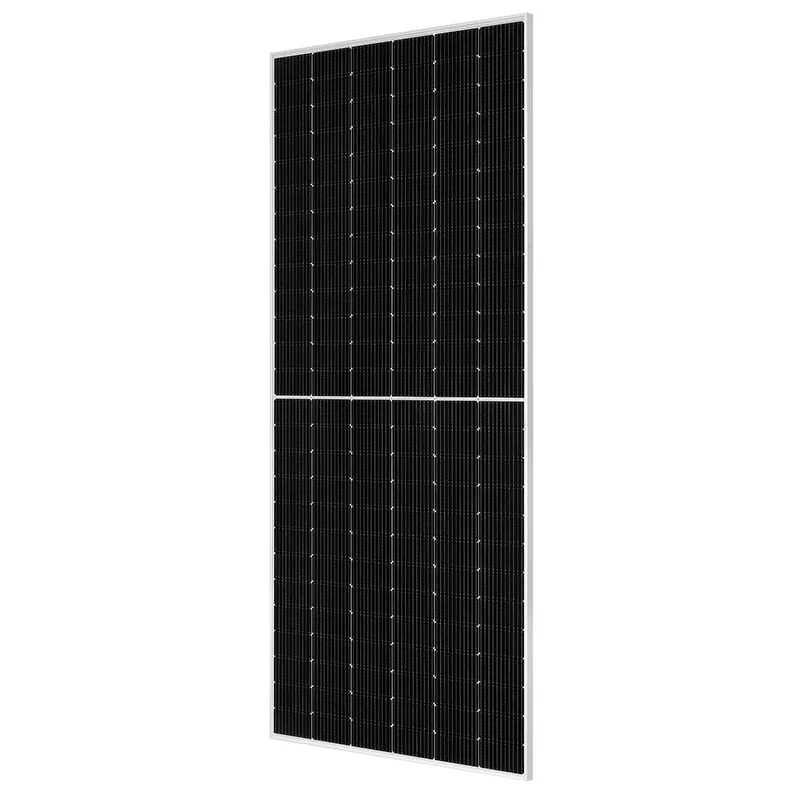solar inverter function
The Function of Solar Inverters Harnessing Solar Power Efficiently
As the world increasingly shifts towards sustainable energy sources, solar power has emerged as a leading choice for both residential and commercial applications. Central to the effective utilization of solar energy is the solar inverter, an essential component in any solar power system. This article delves into the multifaceted functions of solar inverters, highlighting their crucial role in harnessing solar energy to meet our growing energy demands.
Understanding Solar Inverters
At its core, a solar inverter is an electrical device that converts the direct current (DC) electricity generated by solar panels into alternating current (AC) electricity, which is the standard form used in homes and businesses. While solar panels capture sunlight and generate DC electricity, most household appliances and the electrical grid operate on AC electricity. This conversion process is vital for ensuring that solar energy can be effectively utilized.
Key Functions of Solar Inverters
1. DC to AC Conversion The primary function of a solar inverter is to convert the DC output of solar panels into AC output, making it usable for everyday applications. This conversion is essential for integrating solar energy into the existing power grid and for powering home appliances.
2. Maximizing Energy Harvesting Solar inverters are equipped with Maximum Power Point Tracking (MPPT) technology, which optimizes the power output of solar panels. Through MPPT, the inverter continuously adjusts its electrical operating point to ensure that it captures the maximum possible energy from the solar panels, even under varying sunlight conditions. This capability significantly enhances the efficiency of the solar energy system.
solar inverter function

3. Monitoring Energy Production Modern solar inverters often come with monitoring capabilities that provide real-time data on energy production and system performance. Homeowners and businesses can track how much energy their solar panels are generating, identify potential issues, and ensure that the system is functioning optimally. This transparency is crucial for evaluating the effectiveness of solar investments.
4. Grid Synchronization One of the standout features of solar inverters is their ability to synchronize with the electrical grid. When solar energy production exceeds a household’s consumption, the surplus energy can be fed back into the grid. Inverter systems manage this process, ensuring that the energy flows seamlessly and safely. This contributes to a more stable power grid and allows homeowners to take advantage of net metering programs, effectively turning their solar panels into income-generating assets.
5. Safety Features Safety is paramount in any electrical system, and solar inverters incorporate several safety mechanisms. For instance, in the event of a power outage, inverters automatically disconnect from the grid to prevent potential hazards for utility workers. They also feature protective measures against overvoltage, overheating, and short circuits, ensuring safe operation and longevity of the solar system.
6. Flexible Installation Options Solar inverters come in various types, including string inverters, microinverters, and power optimizers, each serving different installation needs. String inverters are generally used in larger systems, while microinverters are ideal for installations with shading issues since they work independently for each panel. Power optimizers enhance the efficiency of solar systems by working in conjunction with string inverters. This flexibility allows homeowners and businesses to choose solutions that best fit their specific circumstances.
Conclusion
In summary, solar inverters play a pivotal role in maximizing the potential of solar energy. They not only convert DC electricity to AC electricity, enabling it to power homes and businesses, but they also enhance energy efficiency, ensure grid compatibility, and provide essential safety features. As technology advances, solar inverters continue to improve, supporting the transition towards a more sustainable energy future. By understanding the integral functions of solar inverters, we can better appreciate their impact on energy management and the role they play in the global shift toward renewable energy sources. Investing in solar technology, including optimizing the use of high-quality inverters, is a strategic choice for both environmental sustainability and economic viability.
-
Understanding the Advantages of Solar String Inverters for Your Energy SystemNewsApr.29,2025
-
Choosing the Right PV Inverter: A Comprehensive GuideNewsApr.29,2025
-
The Future of Solar Power: Exploring Bifacial Solar PanelsNewsApr.29,2025
-
The Complete Guide to Solar Panels: Efficiency, Cost, And InstallationNewsApr.29,2025
-
The Best Options for Efficiency and Cost-EffectivenessNewsApr.29,2025
-
Harnessing the Power of Off-Grid Solar Inverters for Energy IndependenceNewsApr.29,2025







